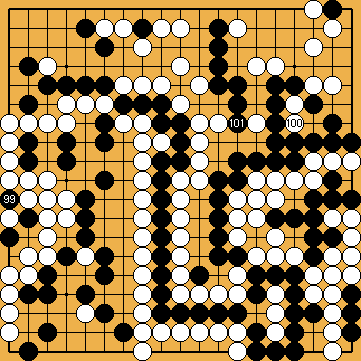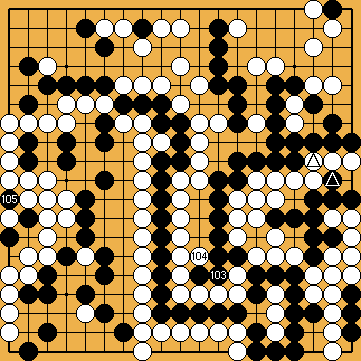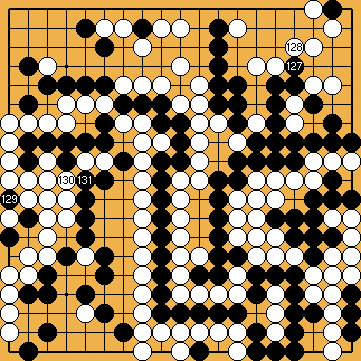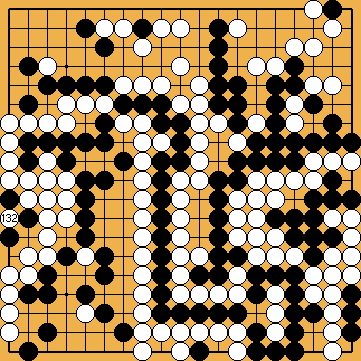Variations of the Professional Solution
VARP 


|
|
|
|
|
|
|
|
|
Please note that White has let slip two moments to pre-empt this unnecessary, and complicated, development, by not playing on the guzumi-point earlier. Despite the motivation for Black's simple atari-connecting move is not as trivial as it looks like, it might be superfluous to go any deeper here. In Tsume-Go, an unconditional solution always takes preference over a conditional one. So White should not have played the atari inside the nakade from the very beginning. |


 732
732
 :
: ); was at
); was at  ). Please assume
). Please assume  as substitute for the moves of
as substitute for the moves of  , played now as a ko-threat.
, played now as a ko-threat.
 ;
;  ;
;  ;
;  ;
;  ;
; 
 :
:
 :
:
 :
:
